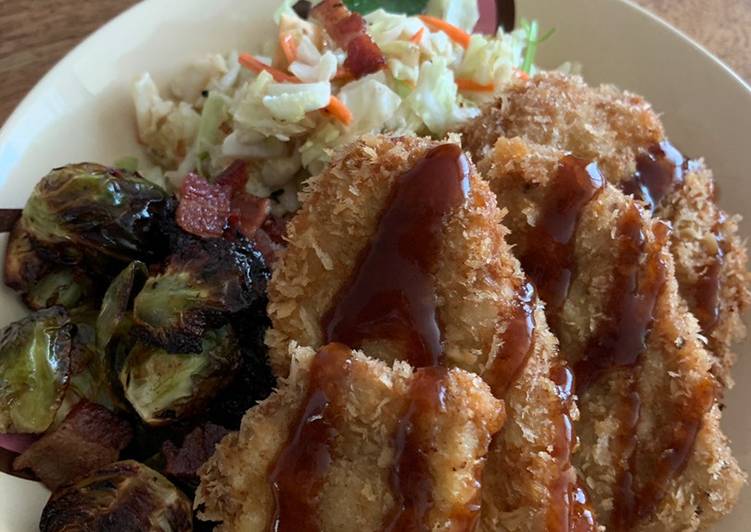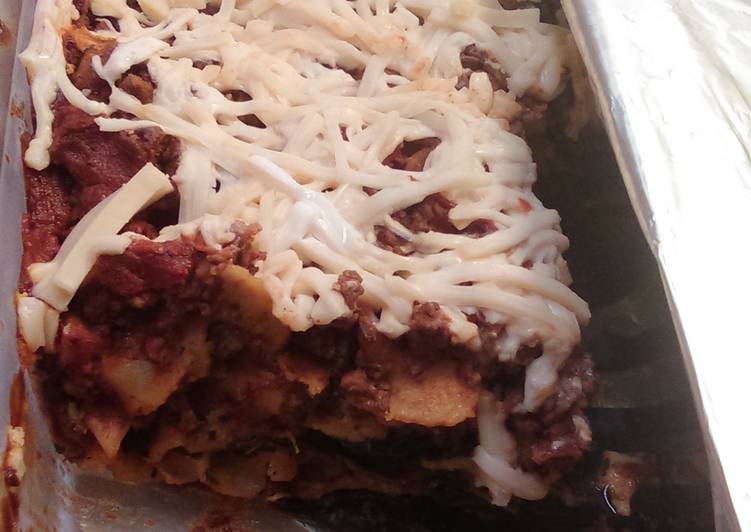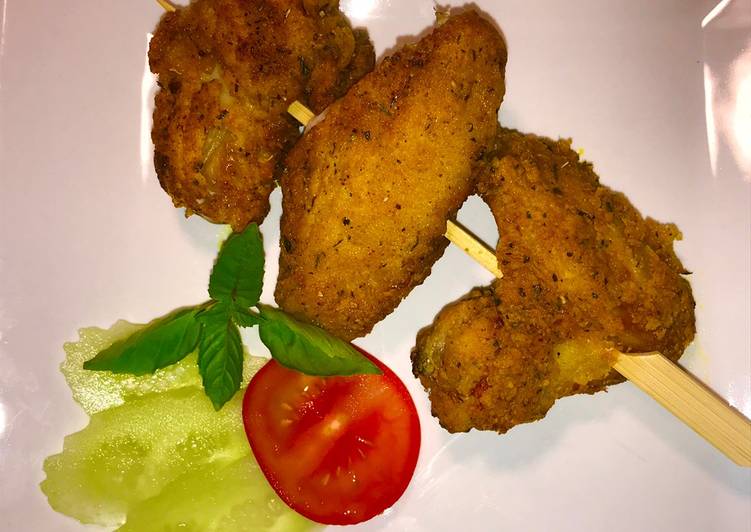
Hello everybody, it’s me again, Dan, welcome to our recipe page. Today, I will show you a way to make a special dish, japanese hito-kuchi katsu (mini deep fried pork cutlets). It is one of my favorites food recipes. For mine, I am going to make it a little bit unique. This will be really delicious.
Deep fry the chicken; never crowd the pot! There are some regional variations in Japan. Sōsukatsudon (ソース カツ 丼) is similar to Katsudon, but with sliced cabbage and sweet-salty sauce instead of egg.
Japanese Hito-kuchi Katsu (mini deep fried pork cutlets) is one of the most well liked of current trending meals in the world. It is appreciated by millions every day. It is simple, it’s fast, it tastes delicious. Japanese Hito-kuchi Katsu (mini deep fried pork cutlets) is something which I’ve loved my entire life. They’re fine and they look wonderful.
To begin with this particular recipe, we have to first prepare a few components. You can cook japanese hito-kuchi katsu (mini deep fried pork cutlets) using 6 ingredients and 10 steps. Here is how you cook that.
The ingredients needed to make Japanese Hito-kuchi Katsu (mini deep fried pork cutlets):
- Make ready 1 lb pork tenderloin
- Take 8 tablespoon all purpose flour
- Get 1 large egg
- Take 10 tablespoon panko (buy “panko” not “bread crumbles”)
- Take Salt and Pepper for taste
- Prepare Olive oil for frying
Pork katsu, a staple Japanese dish, is a deep-fried pork cutlet on top of rice that is traditionally served with simple shredded cabbage. This dish gets its name from the Japanese word tonkatsu (which means pork cutlet). Heat half the vegetable oil in a large skillet over medium-high heat. Transfer to plate lined with paper towels.
Steps to make Japanese Hito-kuchi Katsu (mini deep fried pork cutlets):
- Slice the tenderloin diagonally, each piece should be a inch thick, palm size (or smaller).
- Pound the meat with a meat mallet to make the thickness even
- Salt and pepper very lightly on the both sides of the meat then coat each piece with flour. (I do step 1-3 on the same cutting board)
- Beat the egg in a bowl - add 1-2 tablespoon water and mix it well, in a large plate, spread out panko. Set both aside
- Work one piece at a time. Dip the meat in the egg mix first, flip to coat both sides, move it to the panko plate and press the panko on the both sides - place it on a clean plate and move on to the next piece
- Heat the oil in a large deep skillet (you don’t need a lot of oil, 1-2 inch would be enough). Drop a piece of panko and if it touches the bottom of your pan for 1 sec and float with small bubbles, the oil is at the right temperature!
- When the oil is hot, put the meat in the oil - don’t over crowd the pan and don’t touch them until it starts moving around by itself in the pan
- When the meat start moving around and floating in the oil, you can flip it. Cook the other side until both sides become golden brown (3-4 mins each side)
- Rest the fried pieces on the paper towel lined rack while cooking the rest of the pieces so that you can get rid of excess oil
- Serve with Okonomi sauce! (which you can find online on rakuten)
Repeat with remaining vegetable oil and pork cutlets. Like other beloved Japanese dishes such as curry and tempura, the history of tonkatsu is well charted. Today, this deep fried pork cutlet looks and feels distinctively Japanese to most of us in Singapore, and there are no lack of places to go for a juicy portion served with a generous serve. Check in for free soft drink. How about chicken katsu – it is delicious here and comes on a mini four-legged grill top.
So that’s going to wrap it up for this special food japanese hito-kuchi katsu (mini deep fried pork cutlets) recipe. Thanks so much for your time. I’m confident you can make this at home. There is gonna be more interesting food in home recipes coming up. Remember to save this page on your browser, and share it to your loved ones, friends and colleague. Thank you for reading. Go on get cooking!


